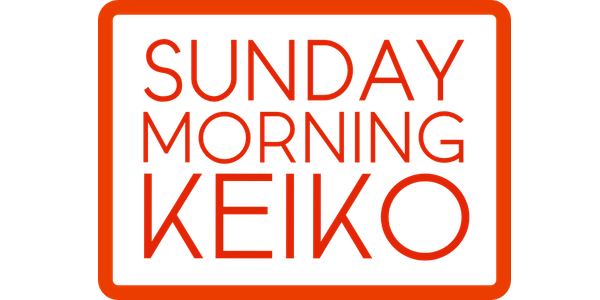by Doug and Deneise Wojtczak
Karate, a martial art rooted in discipline and self-improvement, offers a unique platform for exploring the concept of unlearning. While traditional learning focuses on acquiring techniques and forms, unlearning in karate involves clearing the mind of preconceived notions, allowing practitioners to approach their training with renewed openness and opportunity for growth.
Some Personal History
In early 2020, after training for over 15 years, I started to get full of myself. I felt that I had learned everything I could about karate training. I believed that I was as close to looking like the pictures in the Best Karate books as I would get. Not only that, but I was training for the sake of training and often felt that I wasn't learning anything new. I was mentally stuck in the Groundhog Day way of training and was extremely stubborn to believe that there was any other way to learn.
The Karate Paradigm
Karate training involves mastering techniques, kata, and principles that form the foundation of the art. However, as practitioners advance, the very techniques we have learned as beginners can become obstacles if we continue to rigidly chase what was said to be the perfect form.
The Unlearning Process
1. Forget What You Think You Know
Just as a white belt enters the dojo with no knowledge, advanced students must approach each lesson with a similar open-mindedness. Unlearning involves releasing assumptions about the "right way" to perform techniques and being willing to explore alternative approaches.
After training with Rick Sensei, I found that the advanced stages of karate training require a profound understanding of unlearning and the ability to let go of familiar movements and interpretations to attain deeper insights. For a long time, I concerned myself with not only the perfect end result of the technique, but also trying to move into it according to how I was told I should move. Moving in such a prescribed way caused me to move inefficiently and also caused significant pain in my joints. After letting go of the "this is how you need to do it" and finding how to execute the same techniques using what my body is capable of, not only do my techniques feel more powerful and precise, but the pain in my joints is gone.
2. Adapting to Opponents
In sparring, unlearning is crucial. Relying solely on learned patterns can make a practitioner predictable. By unlearning the rigidity of familiar combinations, a student can adapt in real time to their opponent's movements, leading to more effective and unpredictable responses.
This is another area where, because of the sport-oriented training that I was learning before, only specific techniques were allowed to be used. Most of my training was geared toward sport sparring techniques for grading purposes or tournaments. Using certain open-hand techniques and kicks to the lower body was forbidden, and using attacks outside the "karate" standard was frowned upon.
3. Fluidity Over Perfection
Unlearning in karate emphasizes fluidity over the pursuit of perfection. Techniques that are too rehearsed can lack the power and spontaneity needed in combat. By unlearning the need to be flawless, practitioners can focus on dynamic, adaptable movements.
Fluid movement is one area that has been the hardest for me to unlearn. After many years of “one strike, one kill” mentality, the opposite of fluid has been deeply engrained in my training. This made my techniques robotic and about as fluid as pancake syrup pouring from a cold bottle; however, this can be improved with the correct, open mindset.
Although being fluid is a work in progress for me, embracing a "just move" mindset has allowed me to feel like I am learning something new each time I train.
Be Mindful
Mindfulness is crucial to the unlearning process in karate. Being aware of one's thoughts and habits during training allows practitioners to recognize when they are relying on familiar techniques out of habit rather than necessity. By staying present and mindful, karateka can create mental space for unlearning and growth.
Embracing Curiosity and Humility
Unlearning in karate is driven by curiosity and humility. Curiosity encourages students to explore different approaches and perspectives, enhancing their overall skills. Humility allows them to acknowledge that their journey is a continuous process of growth and that there is always more to learn.
Realizing Mastery Through Unlearning
Mastery in karate or any martial art is not solely about executing flawless techniques; it is also about understanding the essence of the art. By unlearning, practitioners move beyond the surface-level execution of moves and delve into the principles that govern them. This depth of understanding is what separates true masters from skilled practitioners.
Karate is not just about physical techniques; it's a continuous journey that requires unlearning as much as learning. By releasing assumptions, adapting to opponents, and embracing fluidity, students can achieve a deeper level of mastery. The concept of unlearning challenges martial arts students to approach their training with humility, curiosity, and an empty mind, enabling them to unlock the true essence of the art and embody its philosophy of continuous self-improvement.


